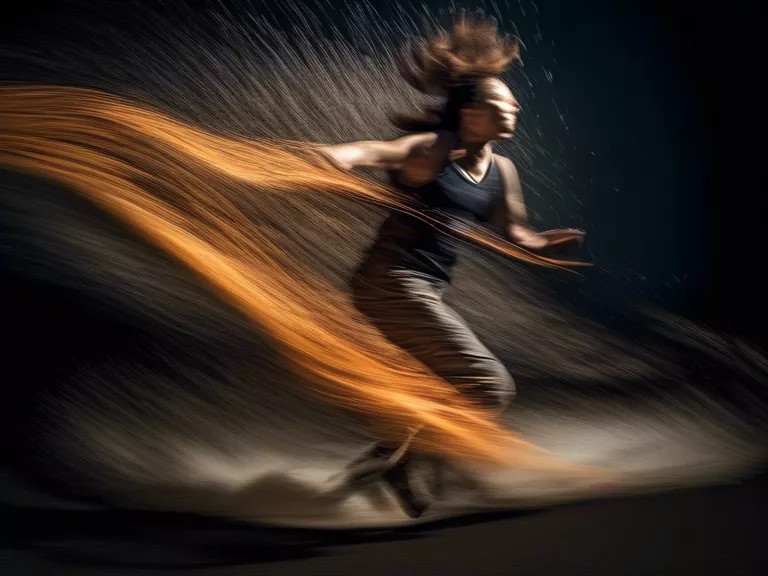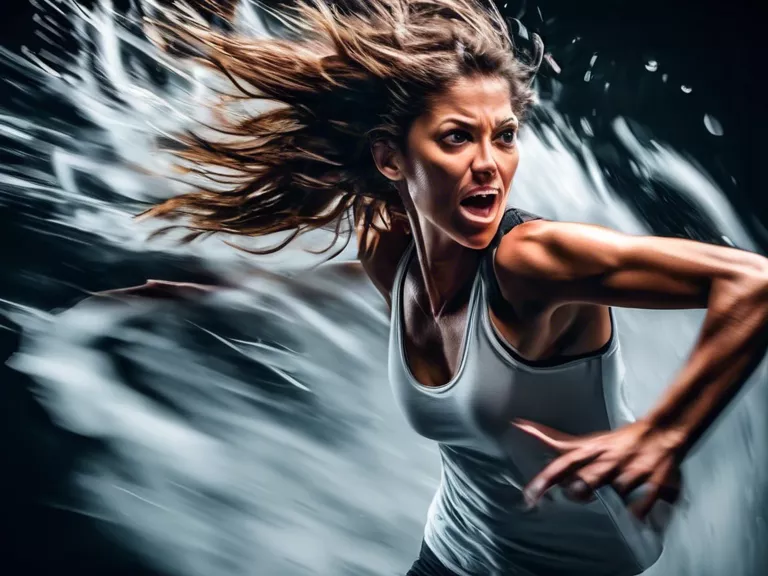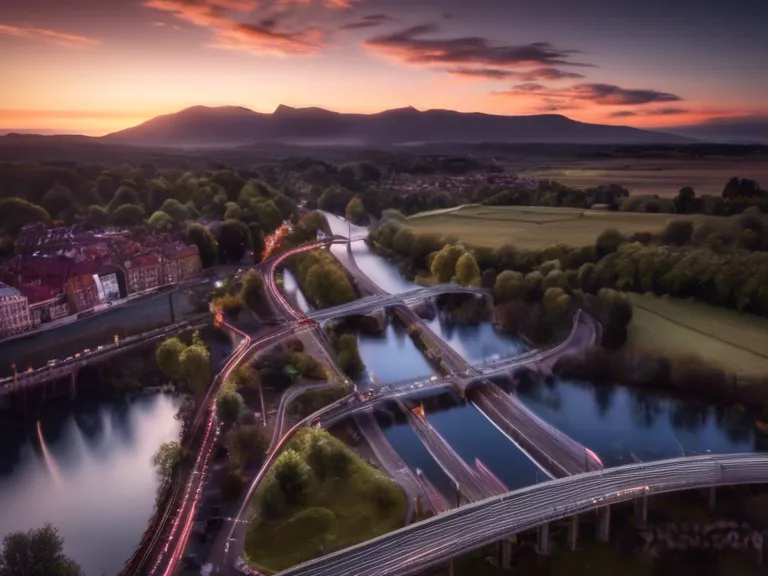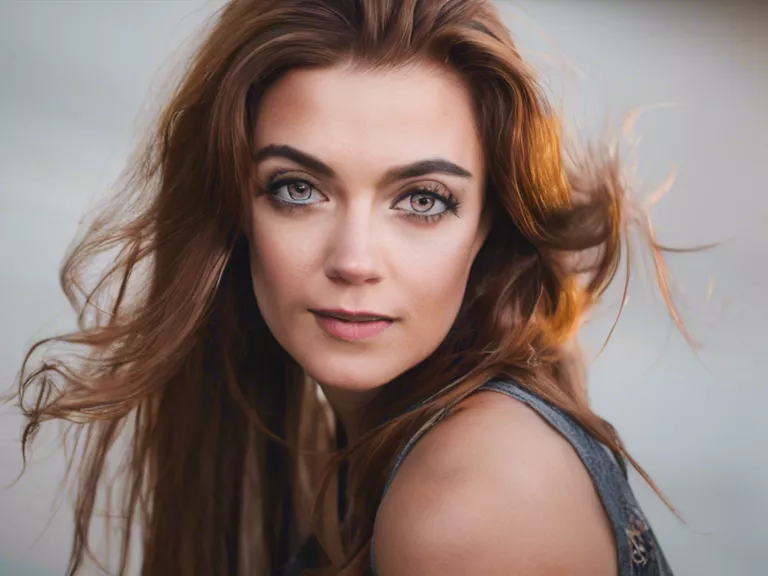
Guide to Mastering Shutter Speed for Motion Photography
Shutter speed is one of the key elements of photography that can greatly impact the quality of your images, especially when capturing fast-moving subjects. Understanding how to adjust your shutter speed can make a significant difference in the outcome of your motion photography. In this guide, we will provide you with tips and techniques to help you master shutter speed for capturing motion.
1. Understanding Shutter Speed
Shutter speed refers to the amount of time that the camera's shutter remains open to allow light to reach the camera's sensor. A faster shutter speed will freeze motion, while a slower shutter speed will create motion blur. To freeze the action in your photos, you will need to use a faster shutter speed, while a slower shutter speed can be used to convey a sense of movement in your images.
2. Experiment with Different Shutter Speeds
To master shutter speed for motion photography, it is essential to experiment with different shutter speeds to see how they affect your images. Start by trying out different shutter speeds when capturing moving subjects to understand how they impact the final result. Take note of the shutter speed you used for each image and analyze the outcomes to determine which settings work best for the effect you want to achieve.
3. Use a Tripod for Stability
When using slow shutter speeds to capture motion blur, it is important to keep your camera steady to avoid camera shake. Using a tripod or stabilizing your camera on a solid surface can help ensure sharp images when shooting at slower shutter speeds. This is especially crucial when photographing in low light conditions where longer exposures may be necessary.
4. Consider the Lighting Conditions
The lighting conditions can also influence the shutter speed you choose for motion photography. In bright light, you may need to use a faster shutter speed to avoid overexposure, while in low light, you may need to use a slower shutter speed to allow more light to reach the sensor. Adjust your shutter speed accordingly based on the available light to achieve the desired effect in your images.
5. Practice and Patience
Mastering shutter speed for motion photography takes practice and patience. Experiment with different settings, learn from your mistakes, and keep honing your skills to improve your motion photography. By continuously practicing and refining your techniques, you will gradually become more proficient at capturing dynamic and impactful images of moving subjects.
By following these tips and techniques, you can master shutter speed for motion photography and enhance your ability to capture compelling images of fast-moving subjects.



